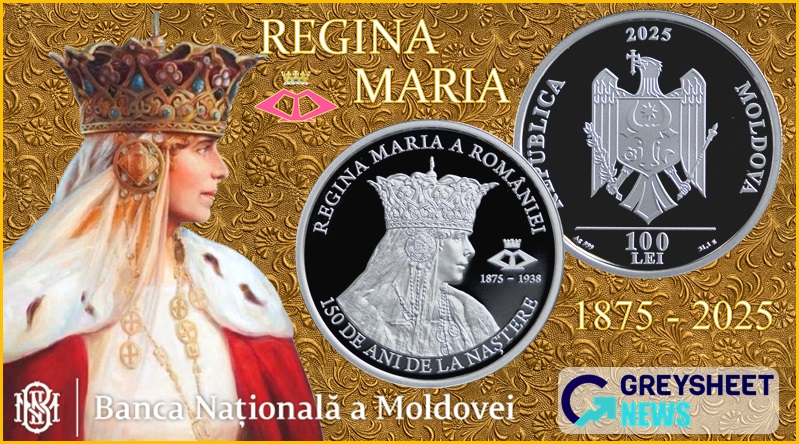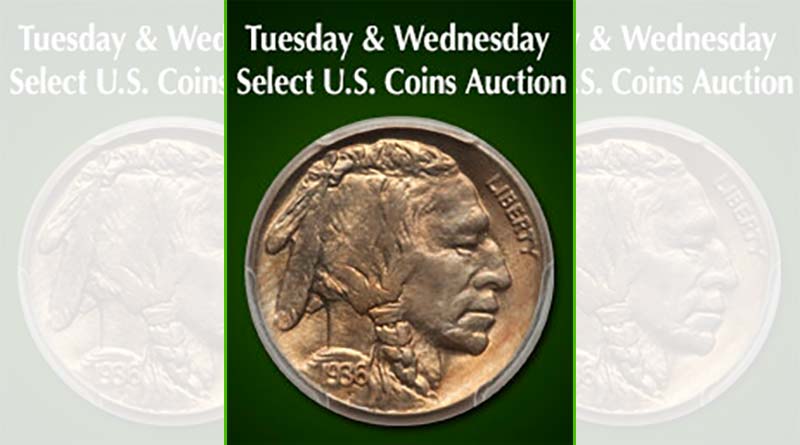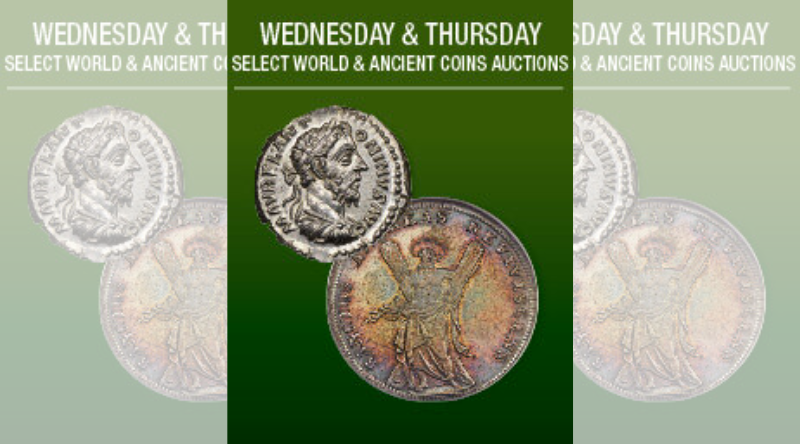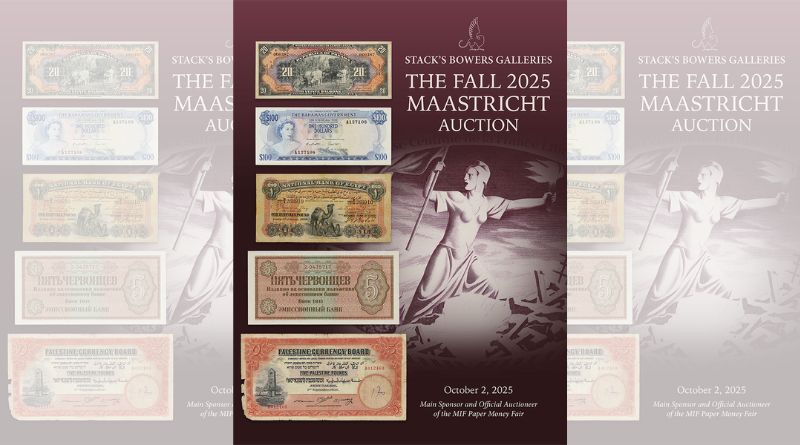- World Currency:
- China Communist Banks,
-
Dah Kiang Bank Currency & Banknote Values
Banknote Book® Price Guide
Sort by
Legal Disclaimer
The prices listed in our database are intended to be used as an indication only. Users are strongly encouraged to seek multiple sources of pricing before making a final determination of value. CDN Publishing is not responsible for typographical or database-related errors. Your use of this site indicates full acceptance of these terms.
The Dah Kiang Bank series of China Communist Banks in the World Currency contains 33 distinct entries.
The Dah Kiang Bank (DKB) was established in the spring of 1941 in Wuwei County, central Anhui Province. The paper quality of its notes is generally poor, with earlier issues printed by woodblock. It is believed the majority of banknotes issued by the Dah Kiang Bank came in a range of different colors, the reason for which, and number of which, is unknown. To accommodate future unknown color combinations, the catalog thus departs from usual practice and uses a single capital letter after the catalog number to indicate a second, or subsequent, color variety. The name of the issuer as it appears from 1944 onwards, as well as other non-ideographic text on the notes, appears in the now defunct Latinxua Sin Wenz (Latinized New Script). This was the first romanization system used in place of Chinese characters by native Chinese speakers and was developed by groups of Chinese and Russian scholars in the USSR. For a time, shortly before and after the Communist Revolution of 1949, the system was very important in spreading literacy. In August 1945, the Dah Kiang Bank merged with the Bank of Central China (B25901).
See More See LessLegal Disclaimer
The prices listed in our database are intended to be used as an indication only. Users are strongly encouraged to seek multiple sources of pricing before making a final determination of value. CDN Publishing is not responsible for typographical or database-related errors. Your use of this site indicates full acceptance of these terms.
Dealer Directory
View All Dealers
Greysheet News
View All News

The National Bank of Moldova release commemorative coins remembering Queen Marie of Romania.

Regular and Limited Collector's Editions Shipping Now

The Olympics as we know them began in 1896, but it took until 1952 for the first modern Olympic coin to be struck.












 Loading more ...
Loading more ...







